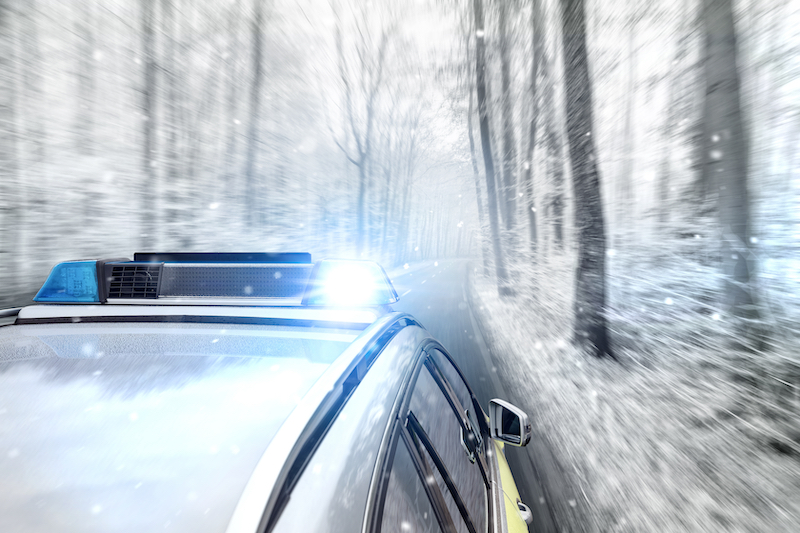At this writing, the Central United States and the East Coast of the United States have been experiencing severe winter weather conditions for over a week. The news is full of flight cancellation stories, significant traffic problems, downed power lines, and loss of power to millions of homes and businesses.

The first line of winter weather problem response is state, municipal, and privately contracted plow drivers, fire and police departments, power companies, EMTs and hospital medical personnel. Another unsung first responder are fuel transfer stations. Without fuel, all responders come to a halt. Therefore it is important to be ready.
Fuel Transfer Stations Are First Responders.
Are you ready to keep them fueled and going in an emergency situation? When the power goes down, commercial gas station pumps do not operate. Widespread power outages create problems, but it is essential to keep responders on the road to address issues.
Most municipalities have fuel transfer stations that service Fire, Police, and Plow trucks. Many cities contract with commercial gas stations. When gas stations are knocked out, things get complicated, and fuel depots come into play for emergency responders.
It’s Easy To Winterize
Is your fuel depot ready to meet winter conditions? Here are some things to consider.
- Keep your containment berms clearly marked. Don’t allow berms to get damaged by snowplows. Repairs to berms are costly.
- Digital Flow Meters should not have ice on them. Keep the sight glass clean.
- Fluid Transfer pumps and the electrical connections need to be kept clear. If your fuel transfer pump goes down, a switchout will take time.
- Keep pathways to the emergency generators clear. Easy access to their fuel port is imperative.
- Above all keep the grounding elements clear and use caution when clearing them.
- Keep all fuel couplers free of ice and snow.
- Are your safety gates and security gates running on the generator? If not, there should be a manual override in place?
- Most importantly, keep the loading platforms clear, especially if they have safety stairs. The best Safety stairs have patterns stamped into them that allow easy cleaning.
- Remember that salt is corrosive, so be aware of where saltwater will go as it melts. Any underground couplers, fuel transfer pumps or pipelines may be affected in the long term.
These are just a few common-sense precautions that any transfer station should consider as the winter bears down. A good policy is to create a seasonal punch list of things to do for winter preparation.
In conclusion, keeping your fuel transfer station in operation during an emergency is essential. You, as a dispenser, are a front line responder. Thank You for your service!
Leave a Reply